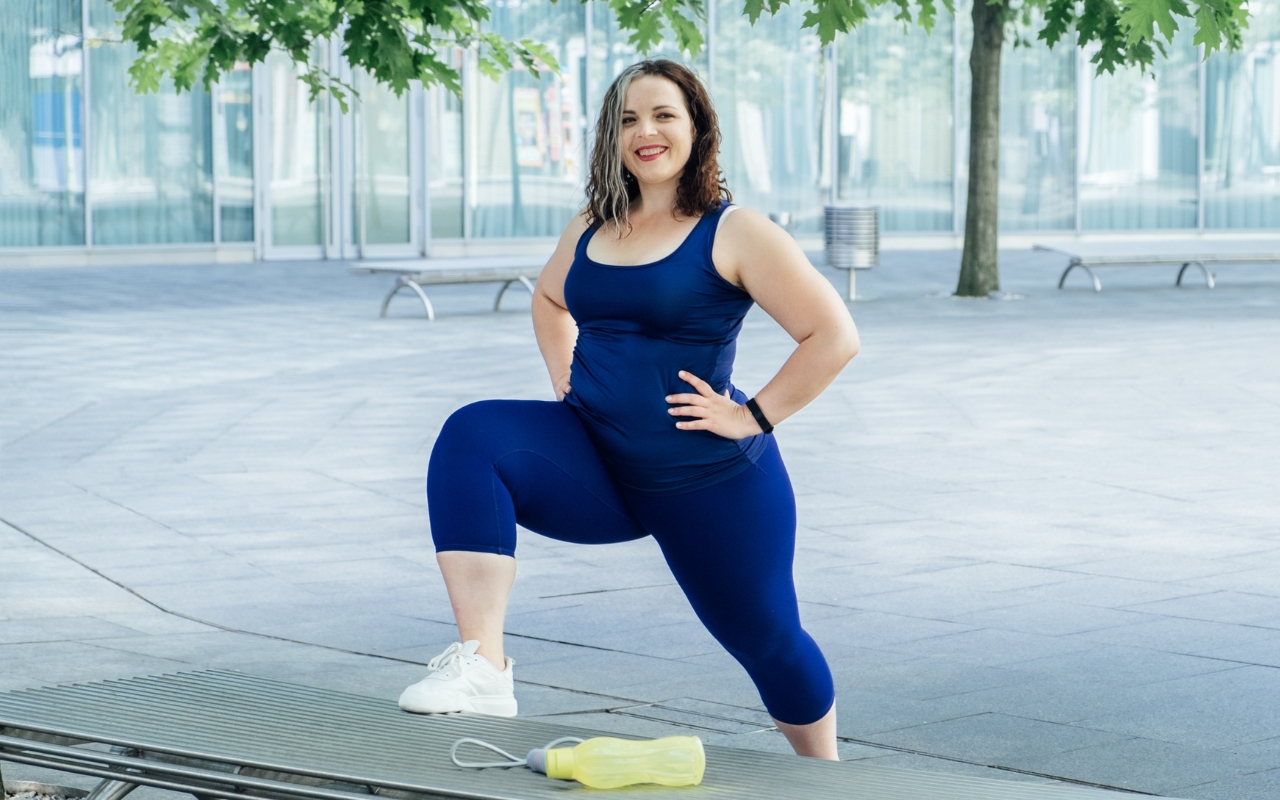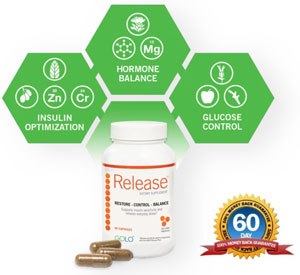Health
What are the best exercises for beginners?
Published
2 years agoon
By
mbkteam
Embarking on a fitness journey can be exciting and intimidating, especially for beginners. Understanding what exercises to start with, how to perform them correctly, and developing a consistent routine are critical steps to achieving long-term success in your fitness goals. This comprehensive guide will delve into various aspects of workout routines for beginners, providing you with the knowledge and confidence needed to change your health and wellness positively.
Setting Realistic Fitness Goals
One fundamental step before embarking on any workout regimen is to set clear and realistic fitness goals. These goals should be specific, measurable, achievable, relevant, and time-bound (SMART). Whether you aim to lose weight, build muscle, increase endurance, or improve overall health, having a well-defined goal will help keep you motivated and focused.
Start by assessing your current fitness level and health status. If you're new to exercising, consider consulting with a fitness professional or your healthcare provider to ensure you choose an appropriate workout plan. Setting smaller milestones will make your ultimate goals feel more attainable and provide you with a sense of accomplishment.
Importance of Warm-Up and Cool-Down
Before diving into the main workout, it's crucial to incorporate a warm-up session. Warming up prepares your body for physical activity, increases your heart rate, and improves blood flow to your muscles. A proper warm-up can help prevent injuries and improve performance.
Begin with dynamic stretches and light cardiovascular activities such as brisk walking, jogging, or jumping jacks. Aim for about 5-10 minutes of warming up before starting your main workout.
Similarly, cooling down is essential to gradually lower your heart rate and prevent blood pooling in your legs after intense exercise. It also helps to reduce muscle stiffness and soreness. Cool down with light cardio and static stretching, focusing on the muscle groups you worked on during your session.
Beginners Strength Training Routine
Strength training effectively builds muscle, increases metabolism, and improves overall strength and endurance. Starting with bodyweight exercises or light weights is recommended for beginners to ensure proper form and technique. Here's a simple strength training routine for beginners that targets major muscle groups:
- Bodyweight Squats: Stand with your feet shoulder-width apart. Lower your body by bending at the knees and hips, keeping your back straight and chest up. Push through your heels to return to the starting position. Perform three sets of 10-12 reps.
- Push-Ups: Begin in a plank position with your hands slightly wider than shoulder-width apart. Lower your body until your chest is above the floor, then push back up. If full push-ups are too challenging, modify by dropping your knees to the floor. Aim for three sets of 8-10 reps.
- Dumbbell Rows: Hold a dumbbell in each hand with your palms facing your body. Bend at the hips until your torso is parallel to the floor, keeping your back straight. Pull the dumbbells towards your ribcage, then lower them back down. Complete three sets of 10-12 reps.
- Plank: Hold a plank position with your forearms on the ground and elbows directly beneath your shoulders. Keep your body in a straight line from head to heels. Aim to hold the position for 30-60 seconds. Repeat three times.
- Lunges: Stand with feet together and step forward with one leg, lowering your hips until both knees are bent at a 90-degree angle. Push through your front heel to return to the starting position. Alternate legs and perform three sets of 10 reps per leg.
Strength training should be done two to three times per week, allowing at least one day of rest between sessions to give your muscles time to recover and grow.
Cardiovascular Exercises for Beginners
Cardiovascular exercises, also known as aerobic exercises, are essential for improving cardiovascular health, burning calories, and enhancing overall endurance. To build a solid fitness foundation, beginners should start with low to moderate-intensity cardio activities. Here are some beginner-friendly cardio exercises:
- Walking: One of the simplest and most effective forms of cardio. Aim for at least 30 minutes of brisk walking five days a week.
- Cycling: Whether you use a stationary bike or ride outdoors, cycling is a low-impact exercise that can significantly improve cardiovascular health and leg strength.
- Swimming: Swimming provides a full-body workout without putting stress on your joints. It's an excellent option for beginners who may have mobility issues.
- Jumping Rope: A fun and effective way to increase your heart rate. Start with short intervals and gradually increase the duration as your endurance improves.
- Dance Classes: Joining a dance class like Zumba or aerobics can make cardio fun and engaging while providing a full-body workout.
As recommended by the World Health Organization, incorporate cardio exercises into your routine for at least 150 minutes per week. This can be broken down into 30-minute sessions five days a week.
Flexibility and Mobility Work
Flexibility and mobility are often overlooked components of a well-rounded fitness routine. Improving flexibility can enhance your performance in other exercises and reduce the risk of injuries. Here are some beginner-friendly flexibility and mobility exercises:
- Dynamic Stretching: During your warm-up, perform dynamic stretches such as leg swings, arm circles, and torso twists to prepare your muscles for activity.
- Yoga: Practicing yoga can improve flexibility, balance, and mental focus. Beginner-friendly poses like downward dog, child's pose, and cat-cow are great for opening up tight muscles.
- Foam Rolling: A foam roller can help release muscle tension and improve mobility. Target areas that tend to be tight, such as the calves, quads, and upper back.
- Static Stretching: After your workout, perform static stretches to lengthen the muscles you have worked. Hold each stretch for 15-30 seconds and focus on breathing deeply to enhance relaxation.
Incorporate flexibility and mobility exercises into your routine at least three times per week to see improvements in your range of motion and overall comfort during other activities.
Utilizing Fitness Apps for Guidance
In the era of digital fitness, numerous apps can provide guidance, track progress, and offer workout plans tailored to your goals. Some highly recommended fitness apps for beginners include:
- Women's Health Collective: This app offers a variety of training plans from expert trainers, including options for building power, strengthening glutes, and HIIT workouts at home.
- Evolve You: Created by Krissy Cela, this app provides multiple trainers focusing on various disciplines, such as strength and power, muscle building, and functional training.
- FIIT: FIIT offers a wealth of workouts ranging from cardio to strength, mobility, and Pilates. It’s an excellent resource for beginners looking to diversify their routines.
Utilizing these apps can make your fitness journey more structured and enjoyable, providing you with professional advice and a sense of community.
Overcoming Common Challenges
Beginning a new fitness routine comes with its own set of challenges. Here are some common obstacles beginners face and strategies to overcome them:
- Lack of Motivation: Staying motivated can be problematic, especially when results are not immediate. Set short-term goals and reward yourself for achieving them. Joining a fitness class or finding a workout buddy can also keep you accountable.
- Time Constraints: Busy schedules can make it challenging to find time for exercise. Prioritize your workouts by scheduling them into your calendar and treating them as non-negotiable appointments.
- Intimidation: The gym environment can be intimidating for beginners. Consider starting with home workouts to build confidence before transitioning to the gym. Remember, everyone was a beginner once, and most people are focused on their workouts.
- Injury: Proper form and technique are crucial to prevent injuries. Start with lighter weights and simpler exercises to perfect your form. If you're unsure, consider hiring a personal trainer for a few sessions to guide you.
- Plateaus: Hitting a plateau can be frustrating. To overcome this, vary your workouts, increase the intensity, or try new exercises to keep your body challenged and avoid adaptation.
Nutrition and Hydration
Exercise alone is not enough to achieve your fitness goals; nutrition and hydration are critical to your overall health and performance. Here are some tips for beginners:
- Balanced Diet: Focus on consuming a balanced diet rich in whole foods such as fruits, vegetables, lean proteins, whole grains, and healthy fats. Avoid processed foods and sugary beverages.
- Protein Intake: Protein is essential for muscle repair and growth. Incorporate lean protein sources such as chicken, fish, beans, and legumes into your meals.
- Hydration: Staying hydrated is crucial for optimal performance and recovery. Aim to drink at least 8-10 glasses of water daily, and more if you're engaging in intense physical activity.
- Timing: Pay attention to meal timing around your workouts. Eat a small snack with protein and carbohydrates about 30-60 minutes before exercising, and have a balanced meal within 2 hours after your workout to replenish energy stores and aid recovery.
By combining proper nutrition, hydration, and a consistent workout routine, you'll be on the right track to achieving your fitness goals.
Recovery and Rest
Rest and recovery are as important as the workouts themselves. Your muscles need time to repair and grow stronger after being broken down during exercise. Here are some key points to consider:
- Sleep: Aim for 7-9 hours of quality sleep each night. Sleep is when your body does most of its healing and recovery.
- Rest Days: Incorporate at least one or two rest days into your weekly routine. This prevents overtraining and reduces the risk of injury.
- Active Recovery: On rest days, engage in light activities such as walking, stretching, or yoga to promote blood flow and aid recovery without putting additional stress on your body.
- Listen to Your Body: Pay attention to how your body feels. If you're experiencing excessive soreness or fatigue, it may be a sign that you need more rest or a lighter workout.
Staying Consistent
Consistency is key to making lasting changes to your fitness and health. Here are some tips to help you stay consistent:
- Set a Routine: Establish a regular workout schedule that fits your lifestyle. Consistency makes it easier to form a habit.
- Track Progress: Keep a workout journal or use a fitness app to track your progress. Seeing improvements can be a great motivator.
- Mix It Up: Avoid boredom by varying your workouts. Try new exercises, join different fitness classes, or incorporate other types of training such as strength, cardio, and flexibility.
- Stay Positive: Focus on the positive aspects of your fitness journey. Celebrate your achievements, no matter how small, and maintain an optimistic attitude.
By following these guidelines, beginners can develop a well-rounded and effective workout routine that promotes long-term health and fitness. With dedication, consistency, and the right approach, you'll be well on your way to achieving your fitness goals.













